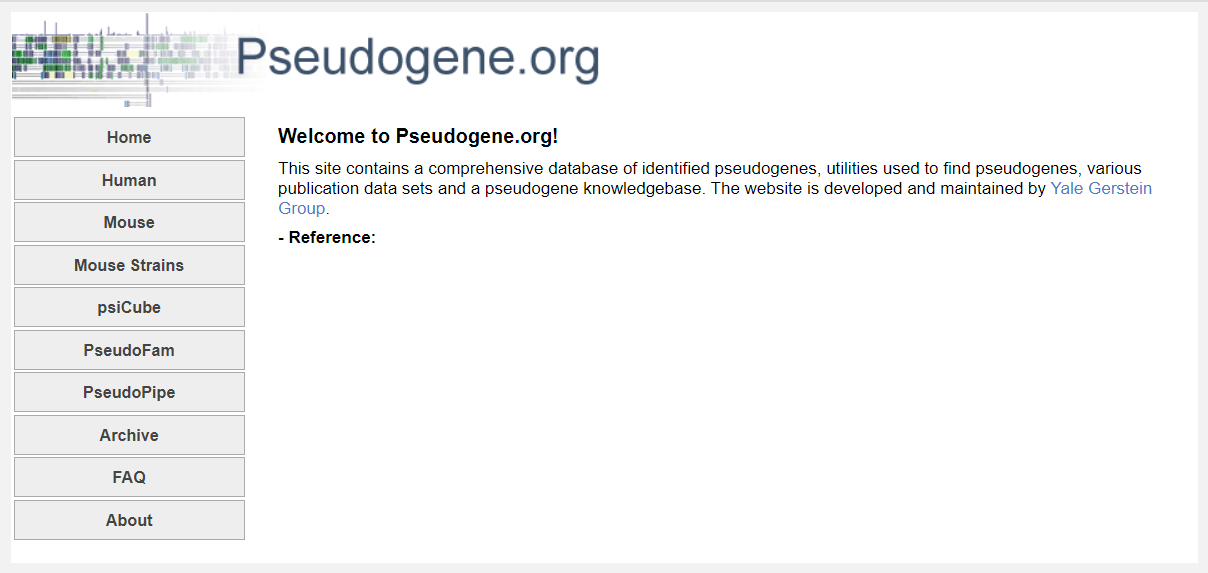The treasure’s hunt in the Genome
With the new era of Genomics everybody knows what a genome is. It’s an organism’s complete set of DNA, including all of its gene. It contains all the information needed to build and maintain the organism.
Studying an organism’s genome is like participating in a treasure’s hunt: you have many hints and clues to get to the objective but you don’t know what you can find along the road. And similarly studying a genome is very surprising.
If we stick to the base definition I just gave above, it’d seem that it contains all the genes we need and the DNA that helps regulate all essential processes. But have you ever stopped thinking whether we have genes we don’t need??
The alien genes we don’t need
It may sound stupid right? Why should we have genes that we don’t use/need? Well I’m telling you that is definitely the case.
As it turns out viruses that infects us as many other organisms on Earth can do something special to our genome. RNA virus have special enzymes called Reverse Transcriptase that can produce DNA from their own RNA starting material. It’s part of their normal cycle, even if they don’t strictly need it to carry on the infection.
The fun part is that once the RNA is converted back to DNA, this DNA can actually go into our cell’s nucleus and integrate with our genome and permanently stay there! This means that our genome is constellated with viral DNA all over the place!
The fact that we carry alien genes within us means, for example, that we can produce the same viral enzyme I mentioned before, the reverse transcriptase. This contributes to the creation of pseudogenes.
Proliferating uselessness
Imagine one of your regular gene that has been transcribed in RNA and that RNA has been spliced and modified. If the reverse transcriptase is around, it can turn new RNA back into the original DNA gene. But at this point “mother” gene and “daughter” gene won’t be identical: the daughter is missing the introns and promotors (these are parts not present in the RNA, but they were in the original DNA sequence).
It may happen however, that this new daughter DNA piece integrates again into our genome! And now, we’re going to have two very similar genes, one of which (the mother) will still work as normal, and the other won’t do anything because is missing components (the daughter). This abnormal useless gene is called a processed pseudogene.

But why am I telling you this? Because we can use these pseudogenes to do cool stuff!
The hidden power of pseudogene
If we have the sequence of both genes (mother and daughter) we can clearly see that one is derived from the other because they still maintain consistently similar regions. However, pseudogenes, since not functional, always accumulate mutations that won’t be selected because neutral. Thus, we can see how the original and the pseudogene are different looking at how many mutations the daughter gene is carrying.
But since the number of mutations accumulated is correlated with the time that has passed since the birth of this pseudogene, we can estimate how long ago this phenomenon occurred! We can basically tell the age of a pseudogene!
And finally. If we know ages of several pseudogenes, and, let’s say, some of them are young and some of them are old, we can predict that older pseudogene will be shared with common ancestors while younger pseudogenes will appear in the evolutionary history only more recently. This allows us to have a predictive test of common ancestry thus proving how certain species evolved!!
Yep, we have alien gene in ourselves. Yes, we produce viral proteins every day. Yes, we inherited pseudogenes from our ancestors because they themselves have been infected once. Evolution, genomes and viruses are all stories to be told. Like the next one I’ll be telling you…

Leave a comment